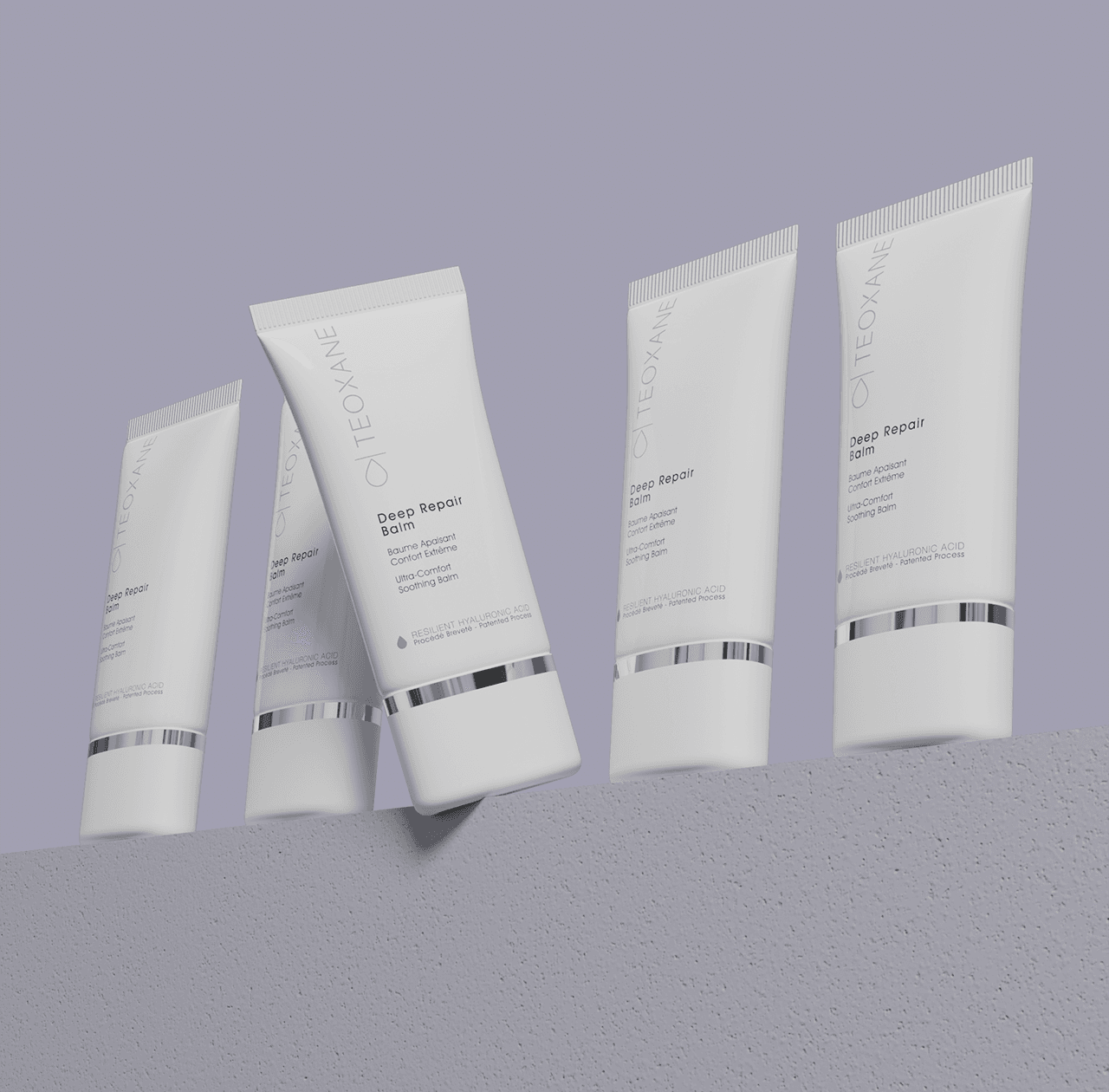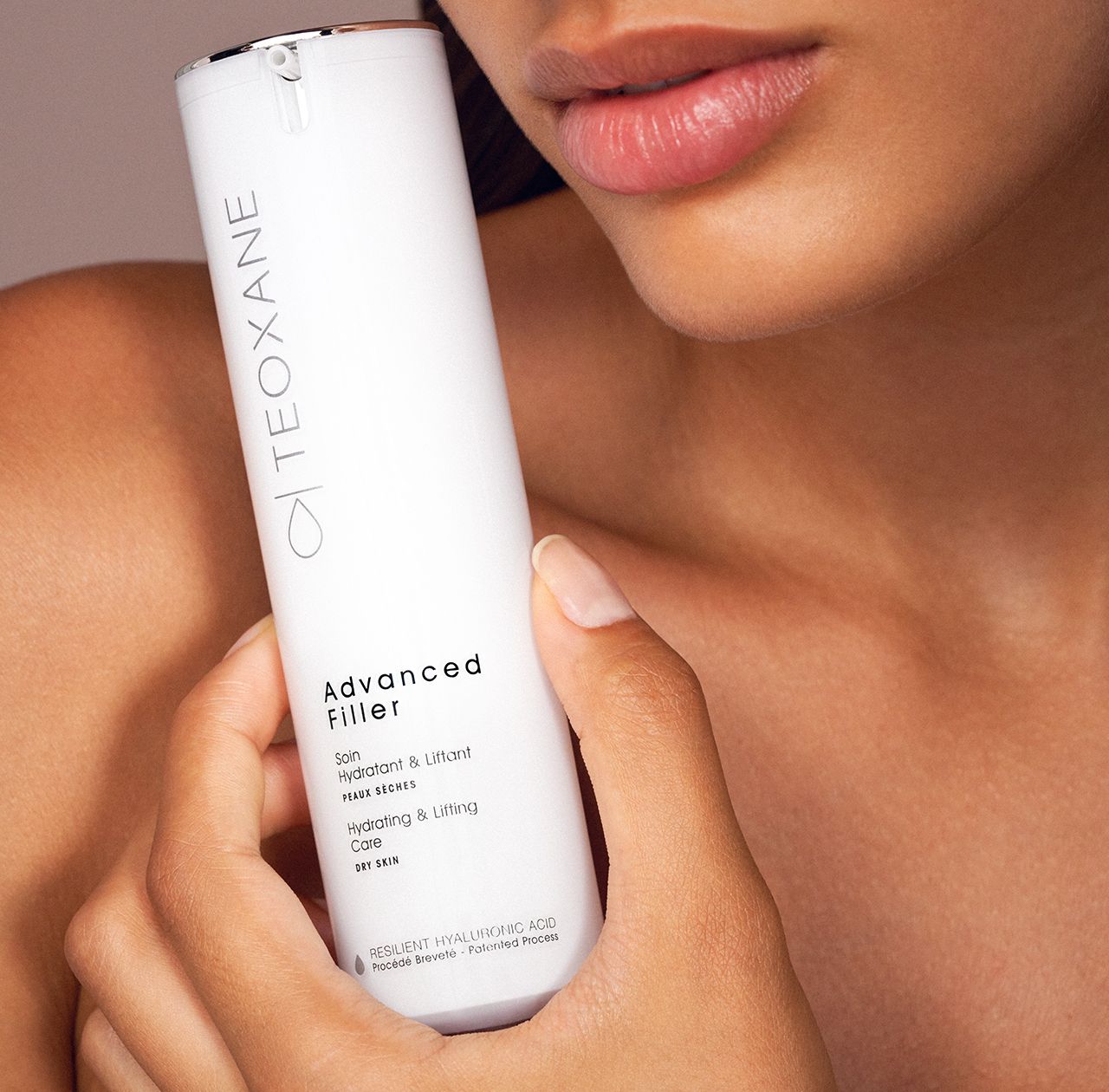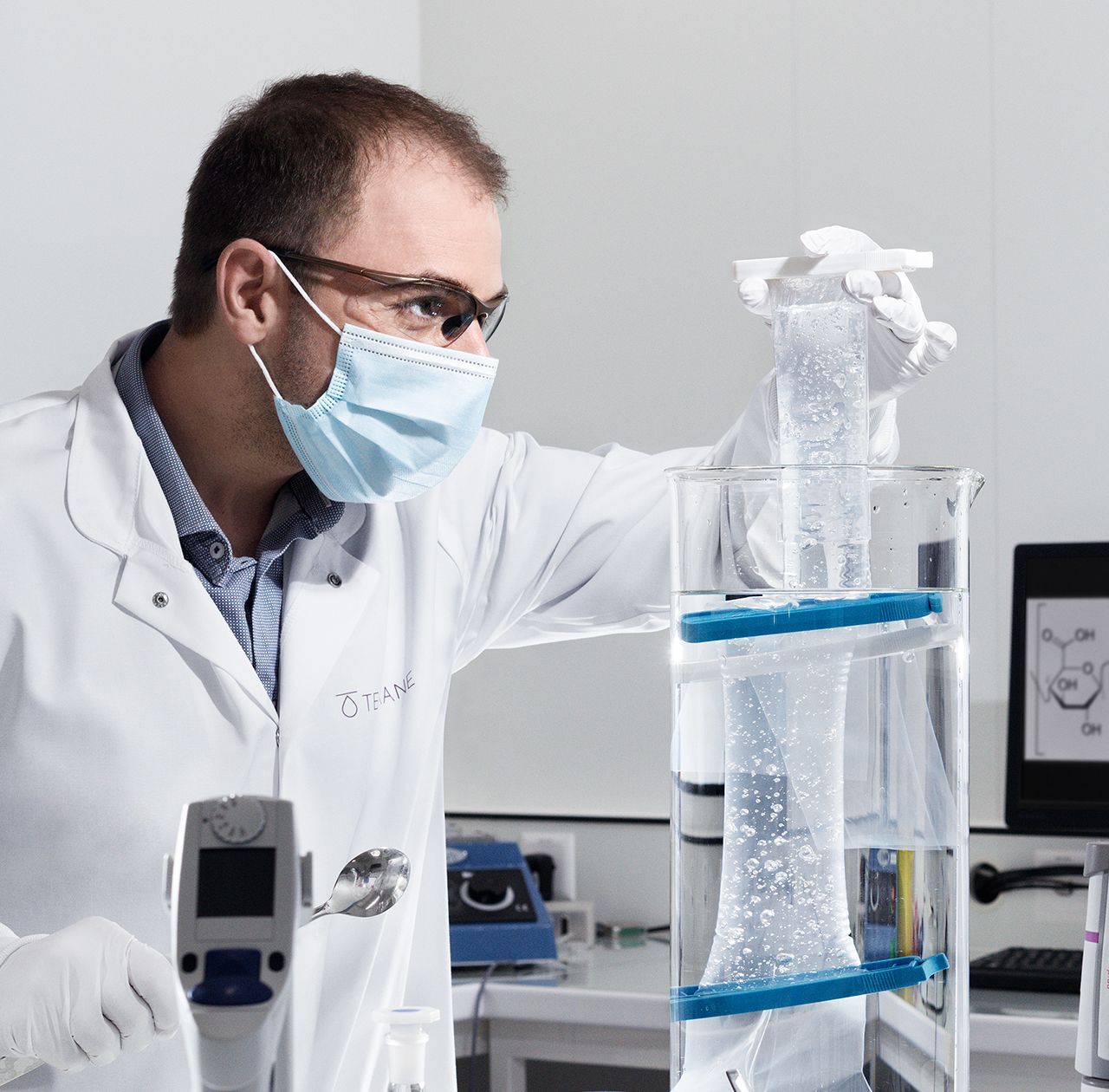Nurturing Your Skin with Advanced Science
With two decades of research in hyaluronic acid, we aim to introduce you to a world where scientific excellence meets the beauty of aesthetics. Our dermocosmetics are designed for at-home use, offering you professional-grade skincare in the comfort of your own space.
Drawing on our pioneering dermal filler technology, our unique product range, trusted by healthcare professionals, features our signature ingredient: RHA® resilient hyaluronic acid, developed through a patented process for unmatched efficacy7.
As a Swiss laboratory, we infuse excellence and innovation into every formula. Our philosophy is shaped by the cutting-edge advancements of aesthetic medicine, focusing on safety, self-esteem, and empowerment.






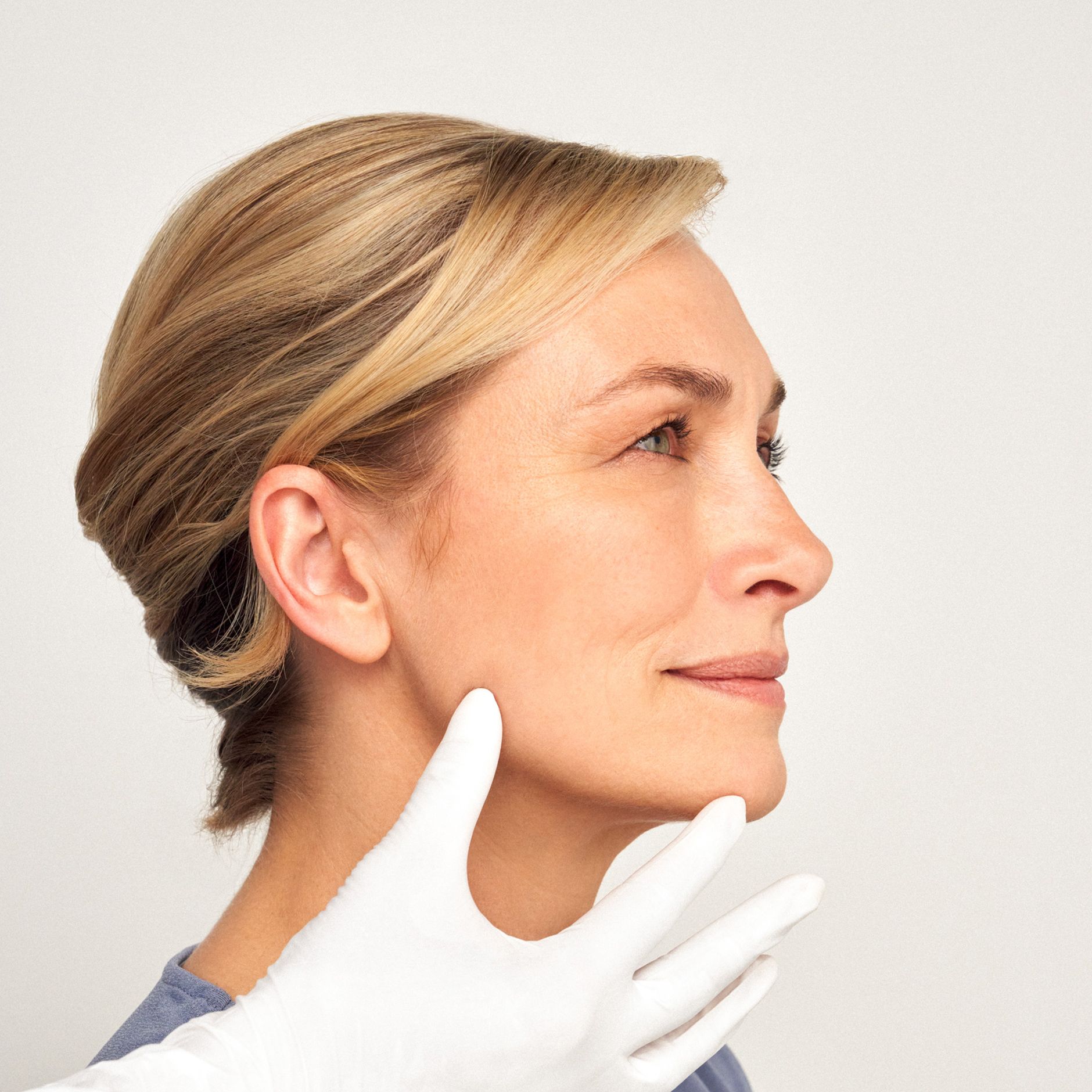



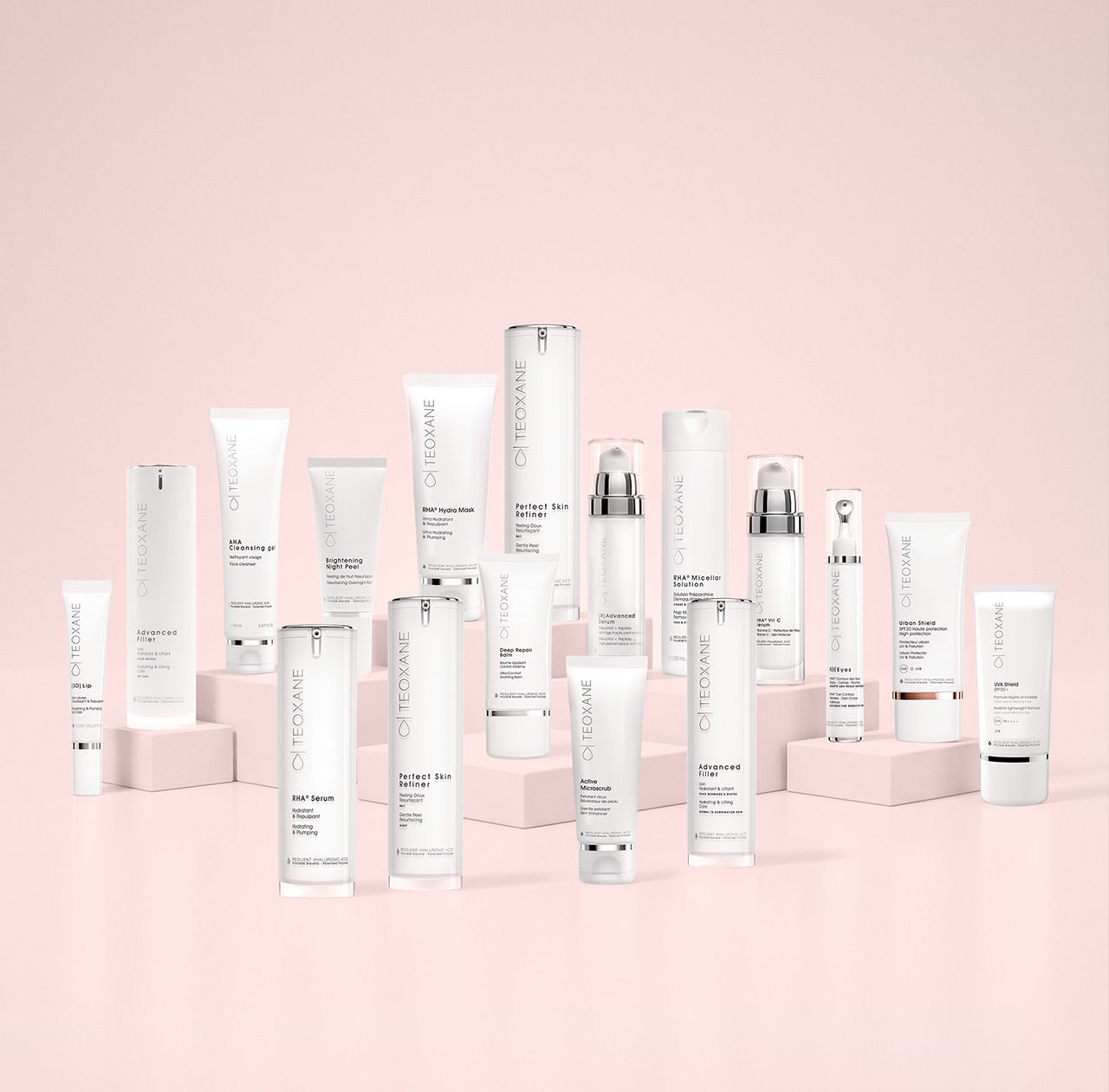

![R[II] Eyes](https://teoxanestorage.blob.core.windows.net/strapi-uploads/assets/dermocosmetics_best_seller_640x630_desktop_fa9a125c10.jpg)
